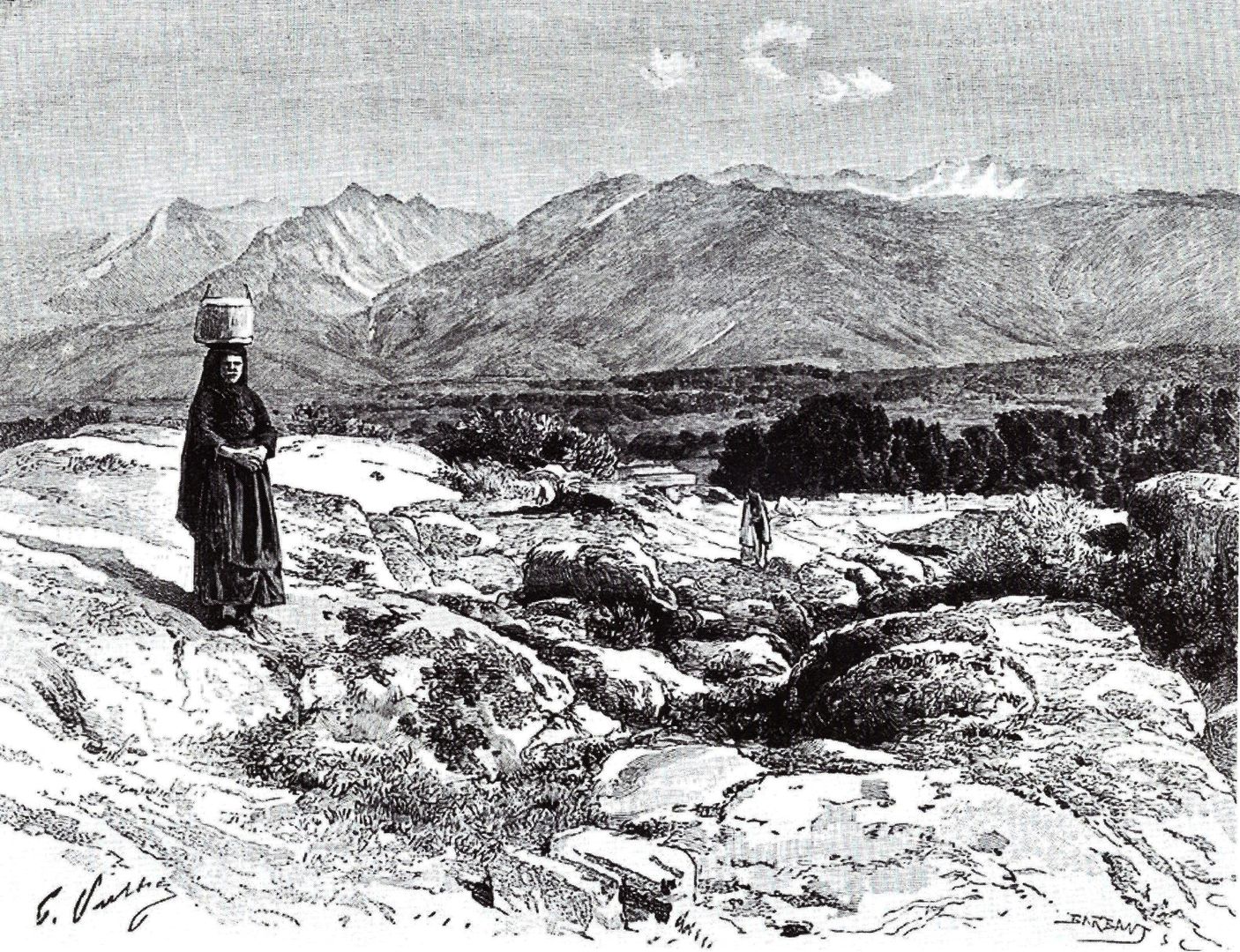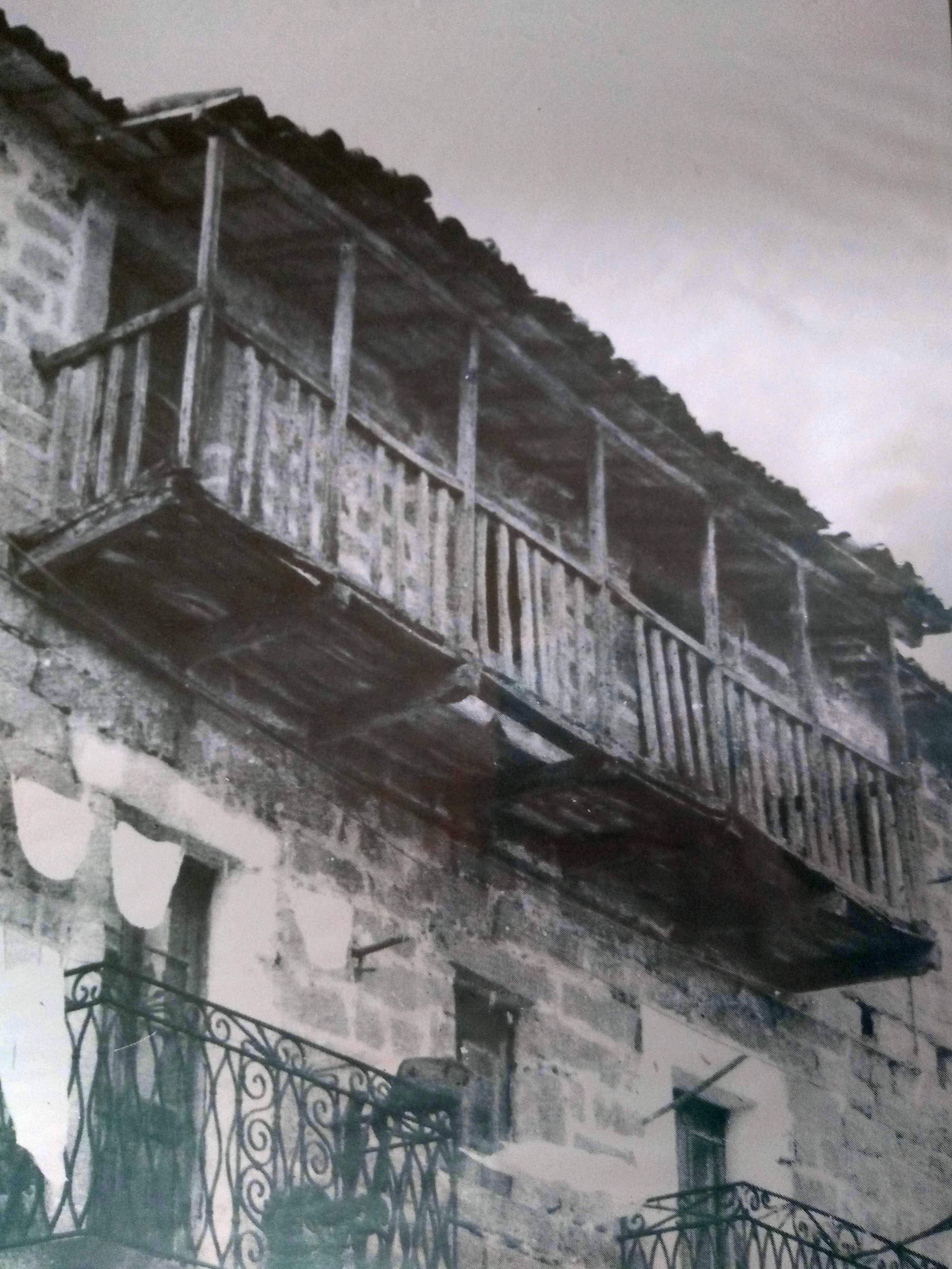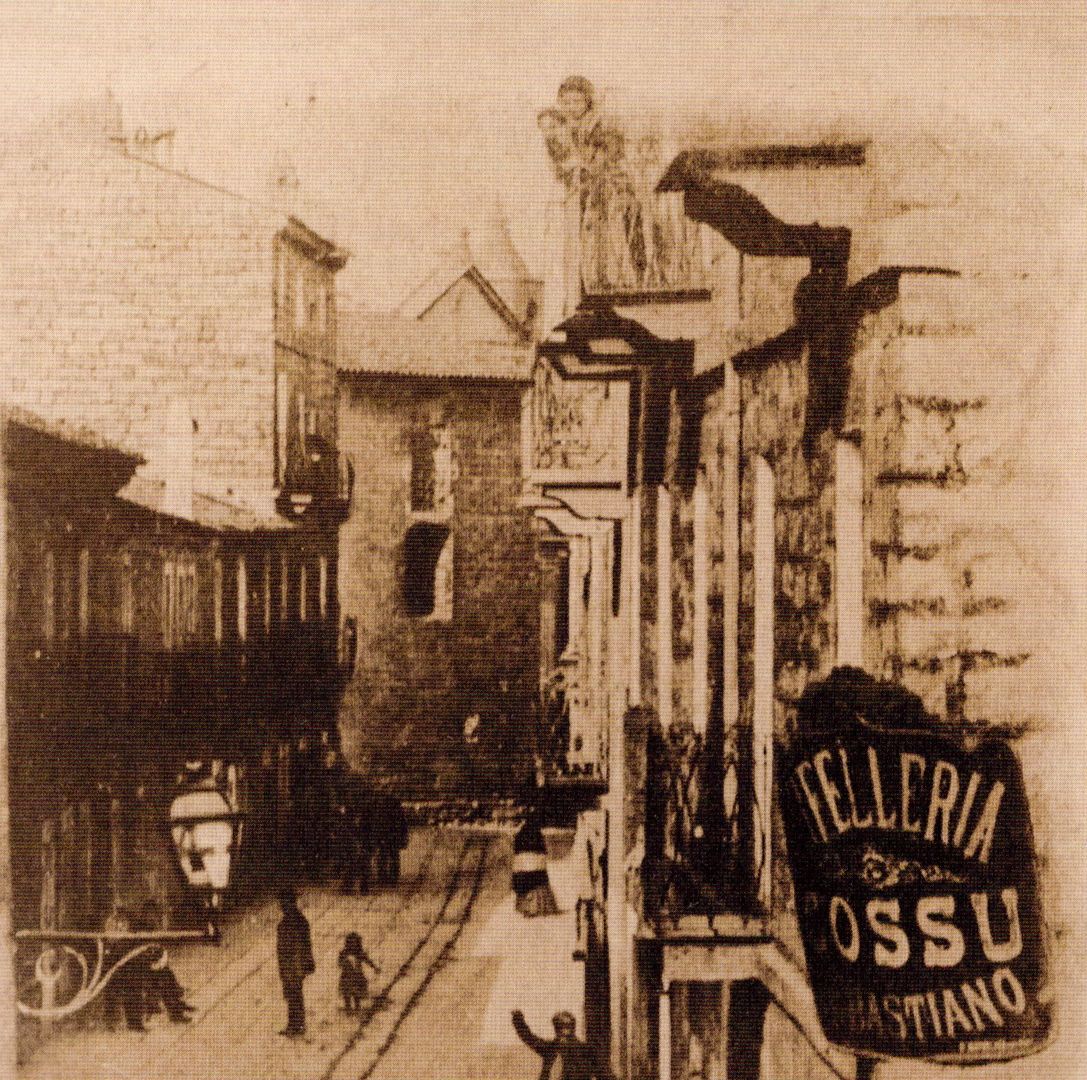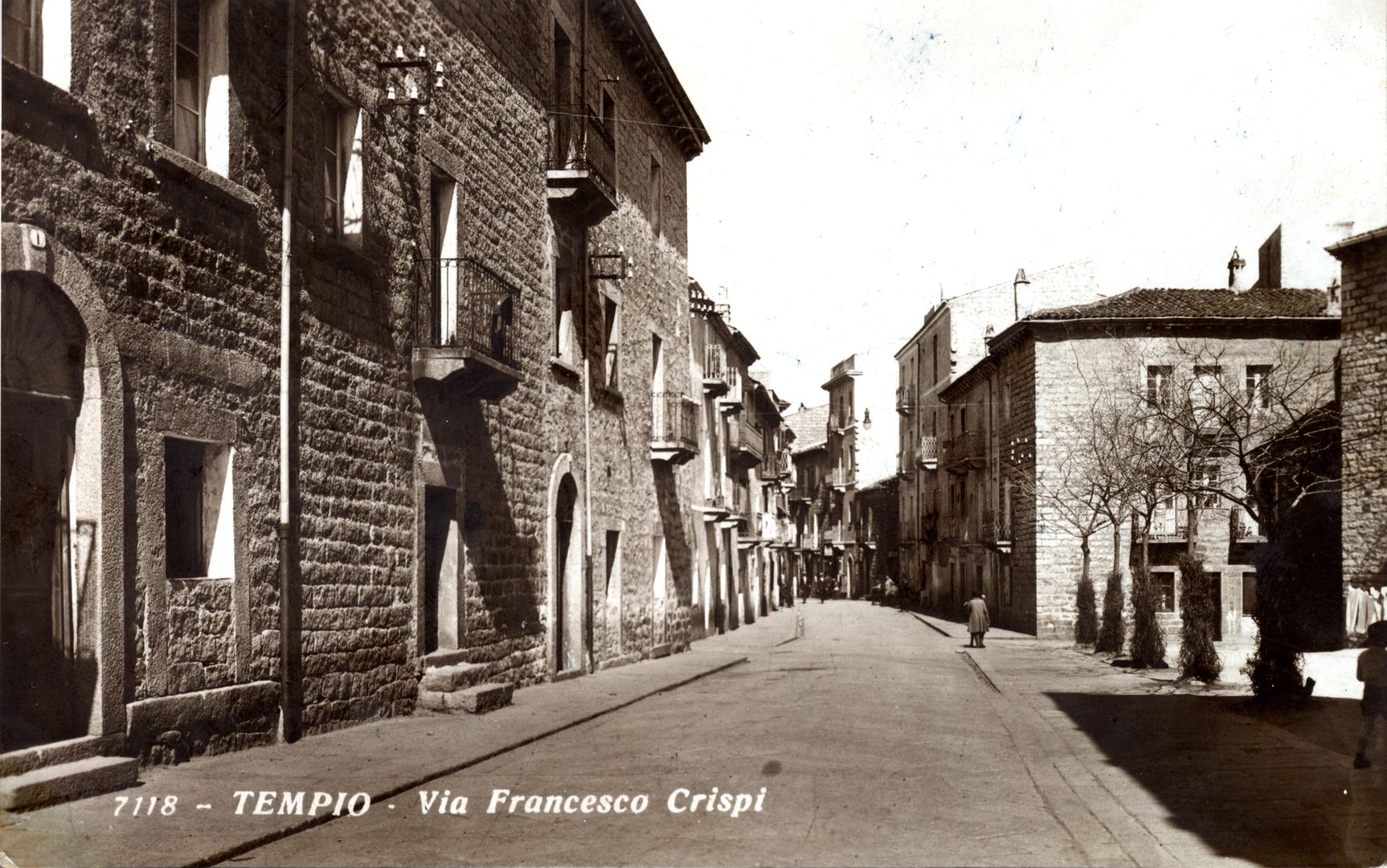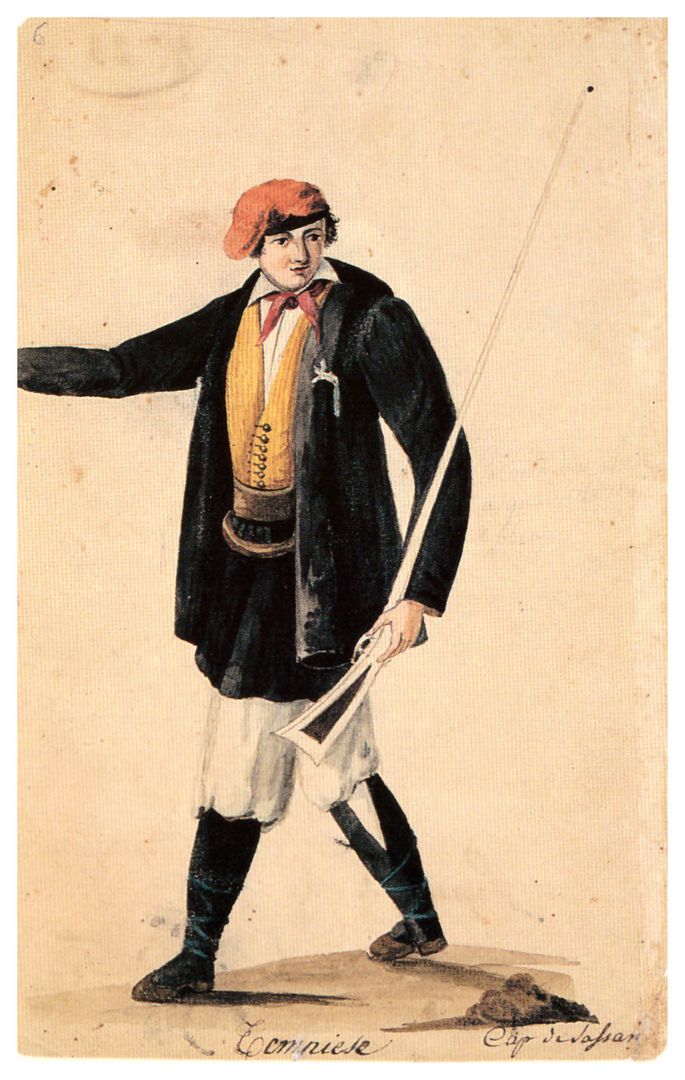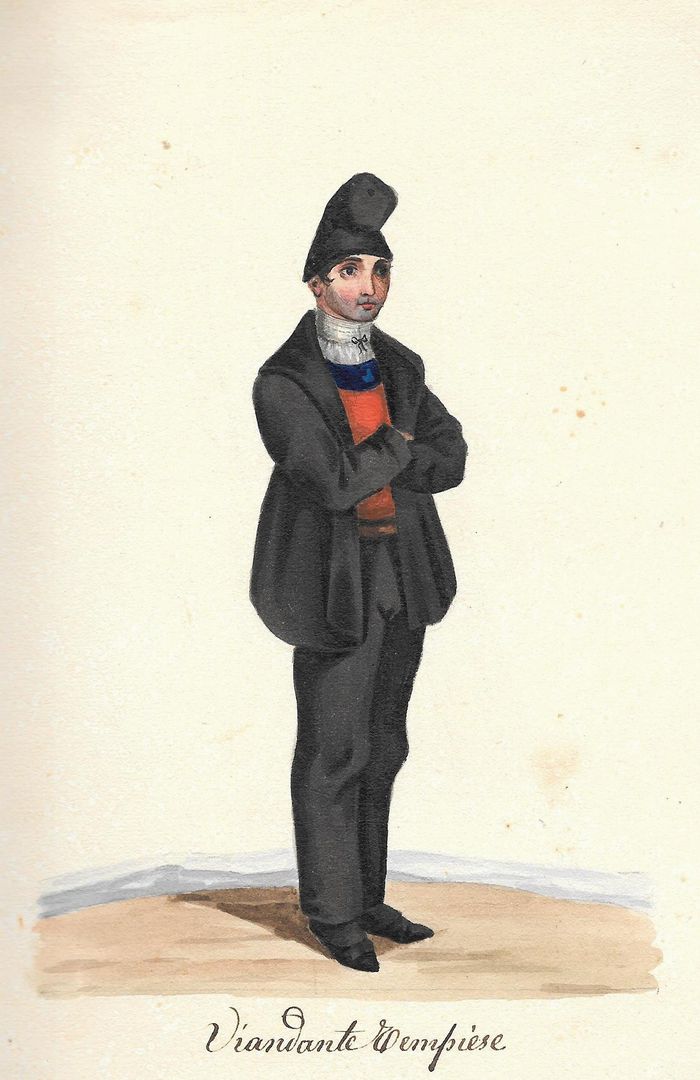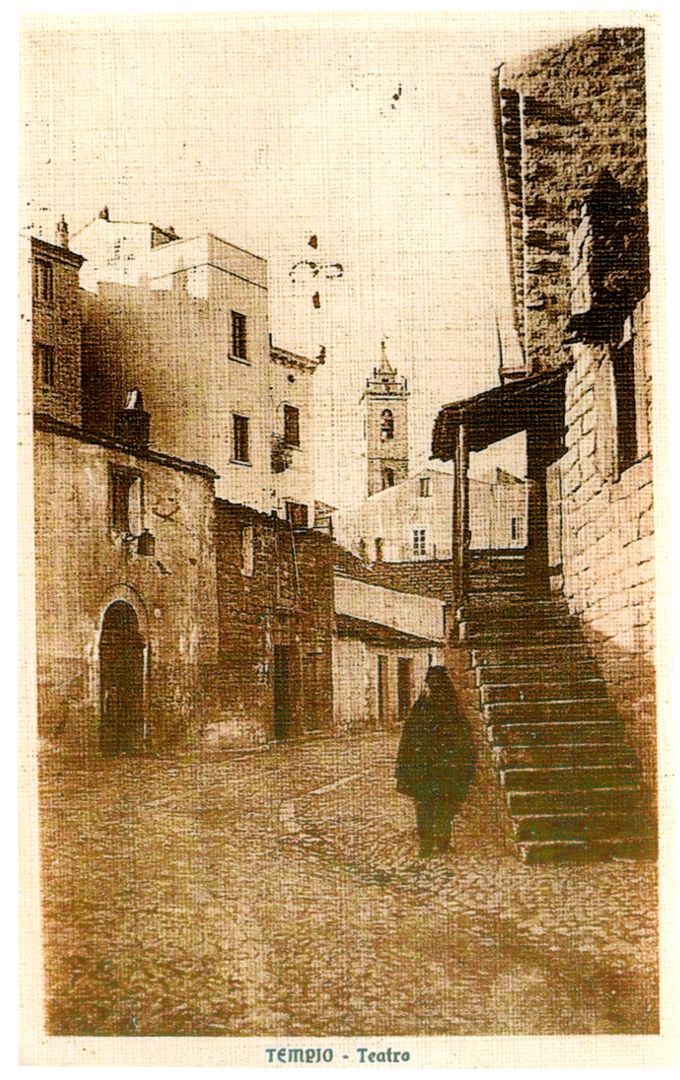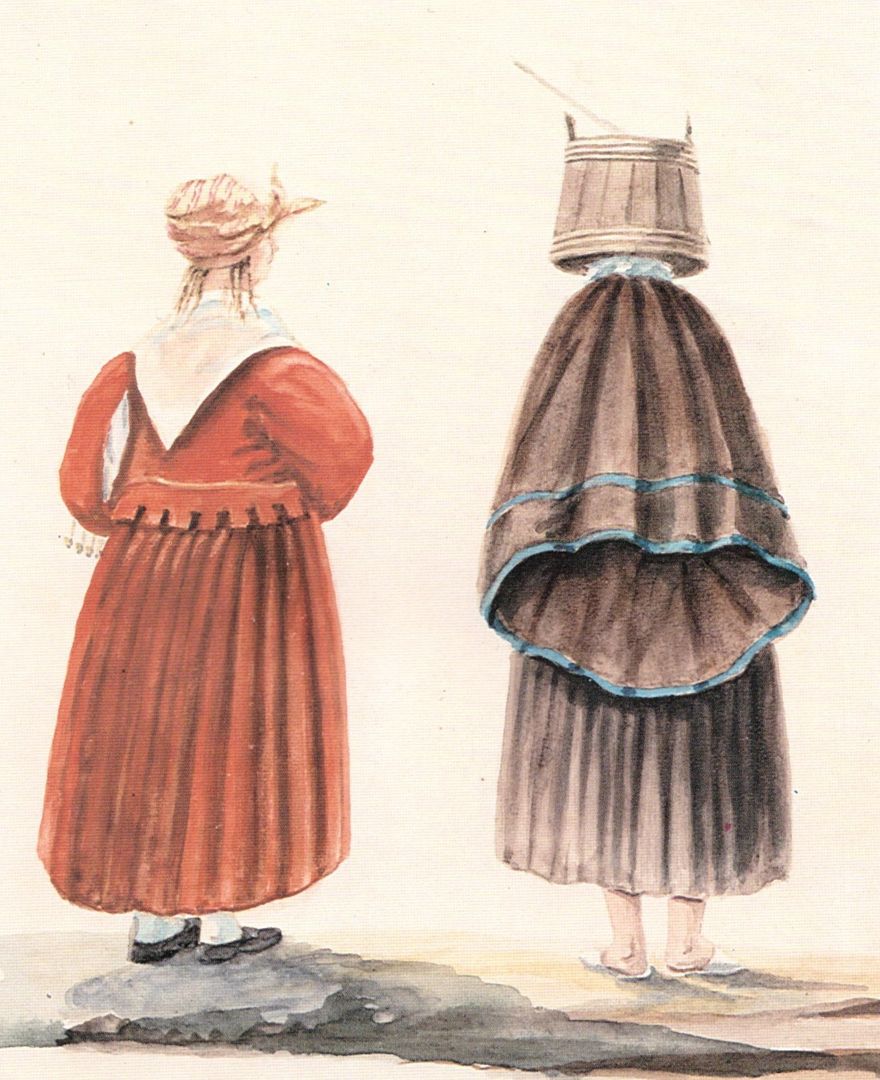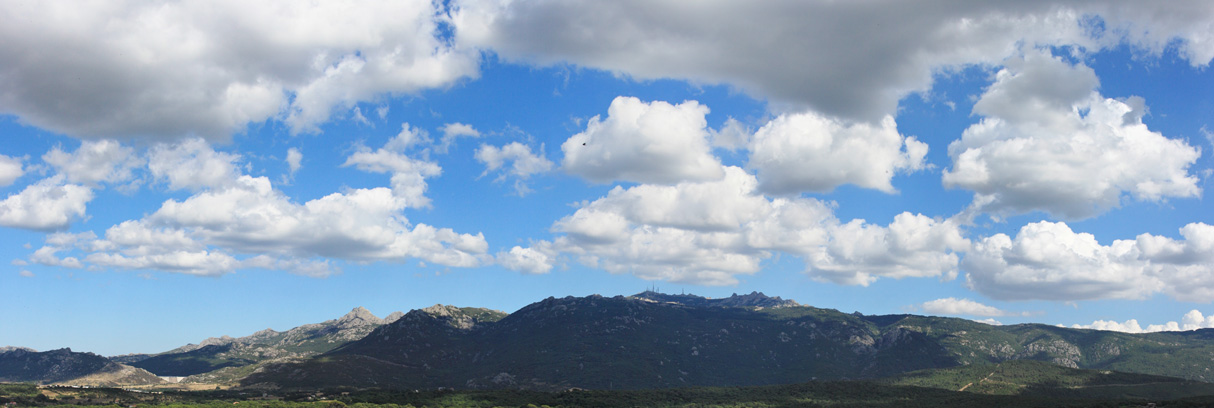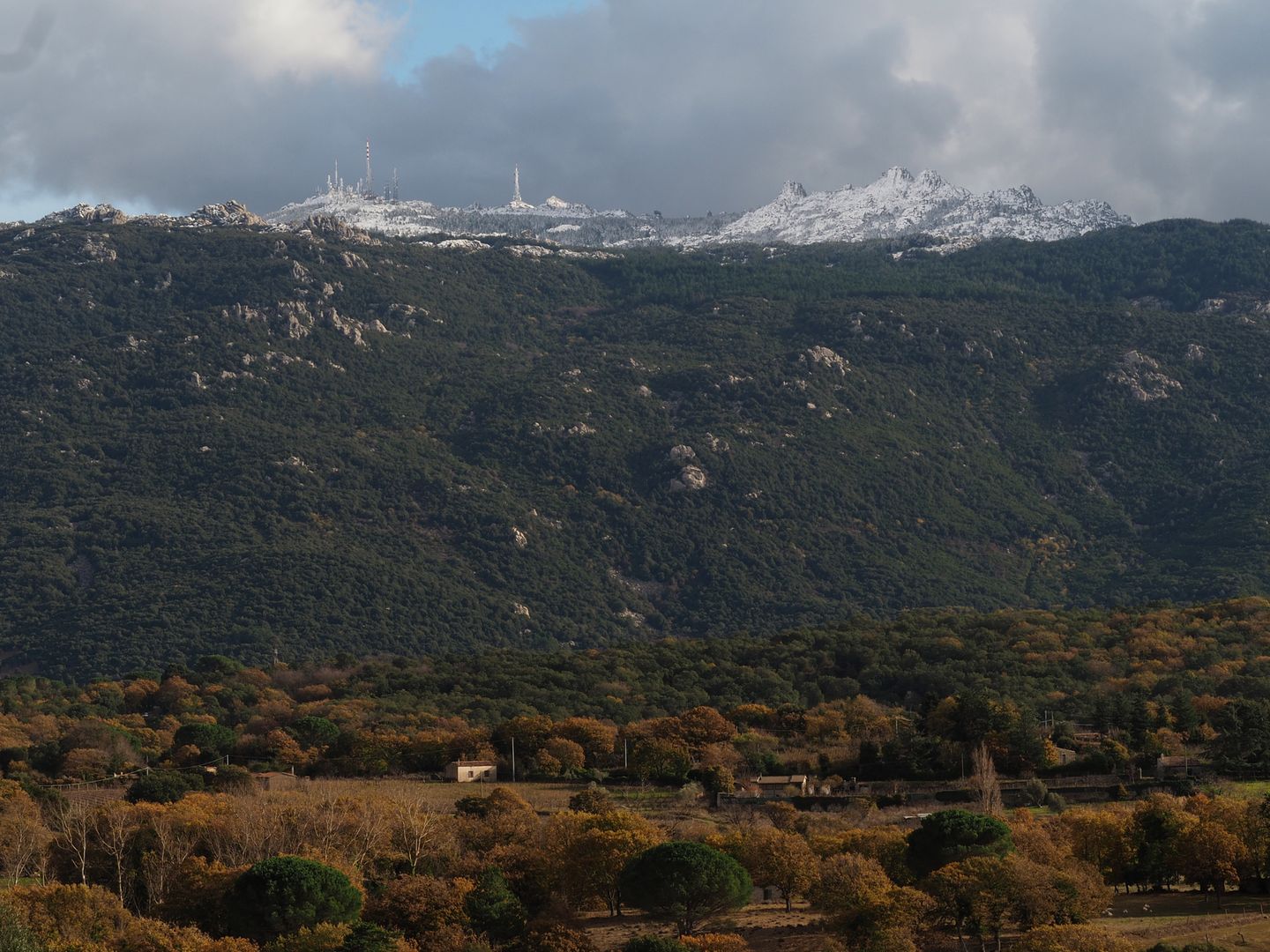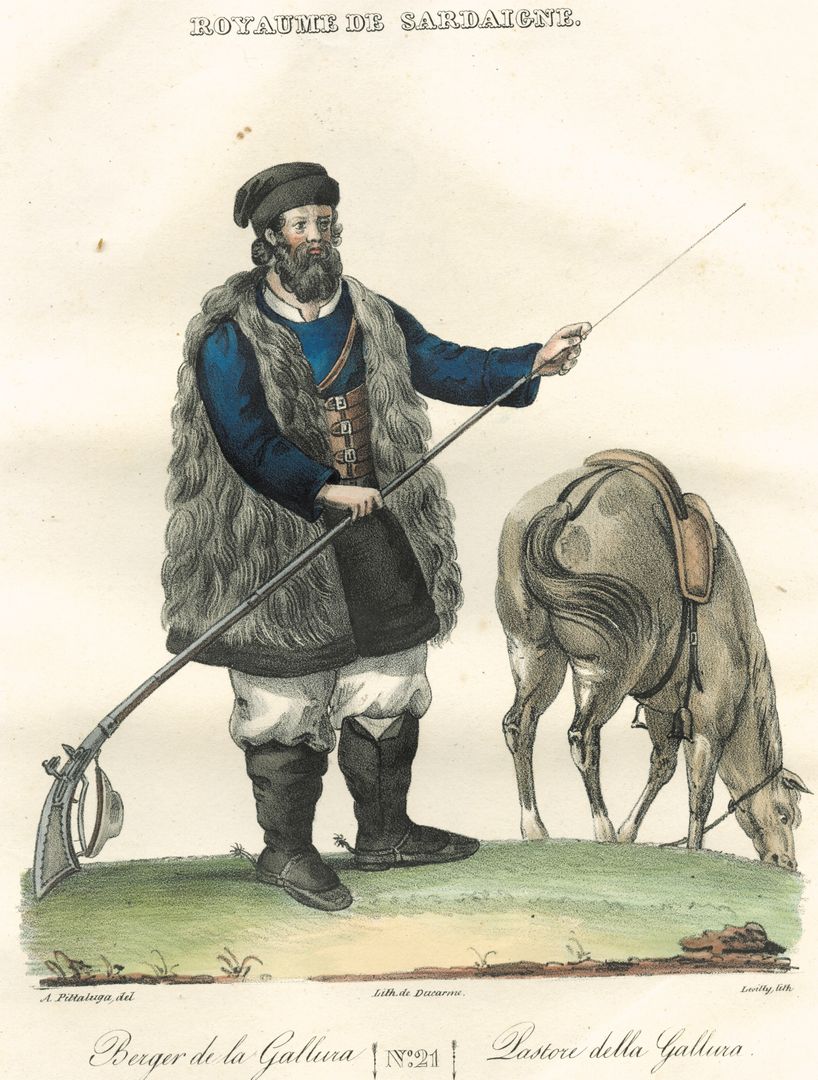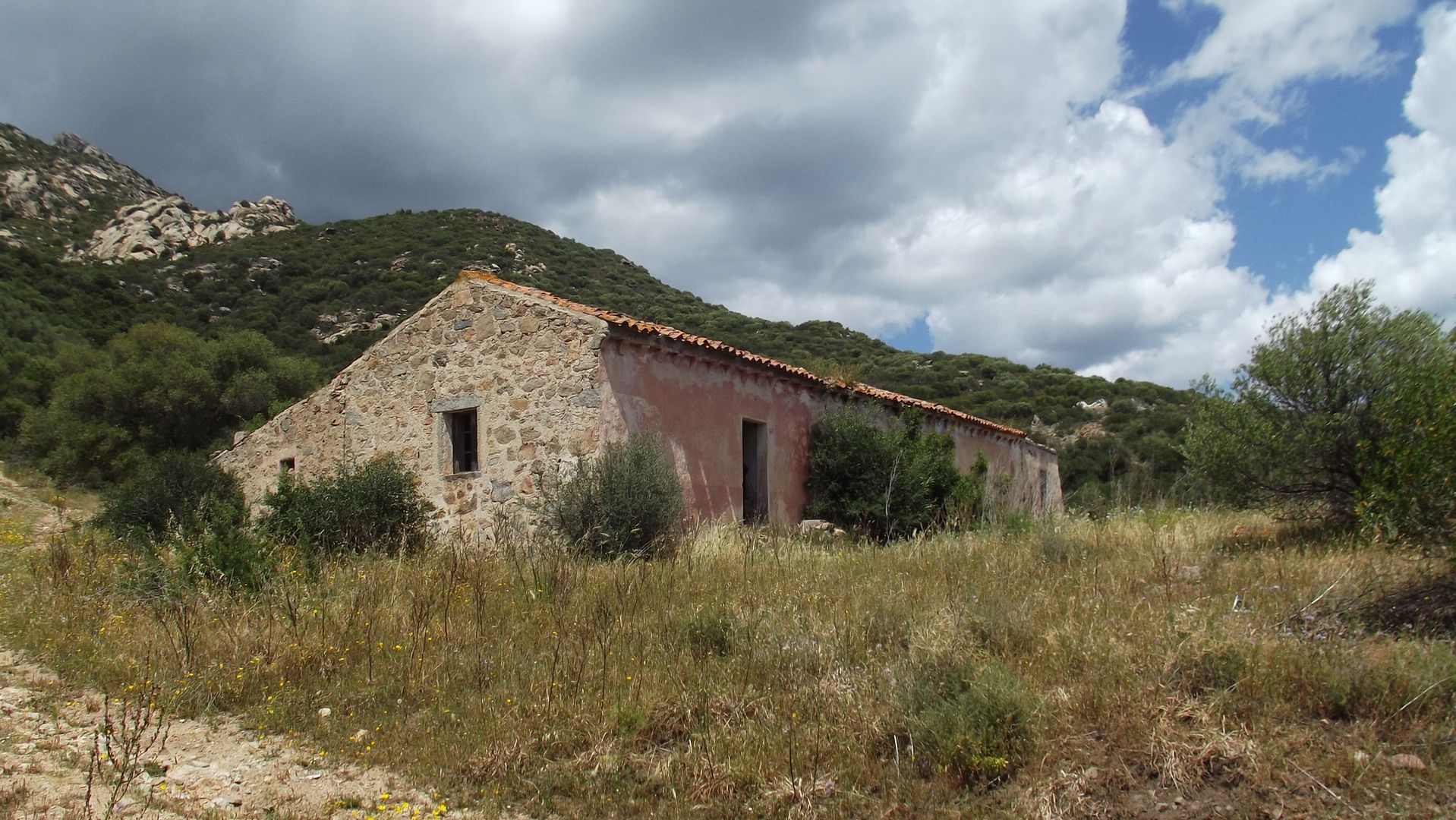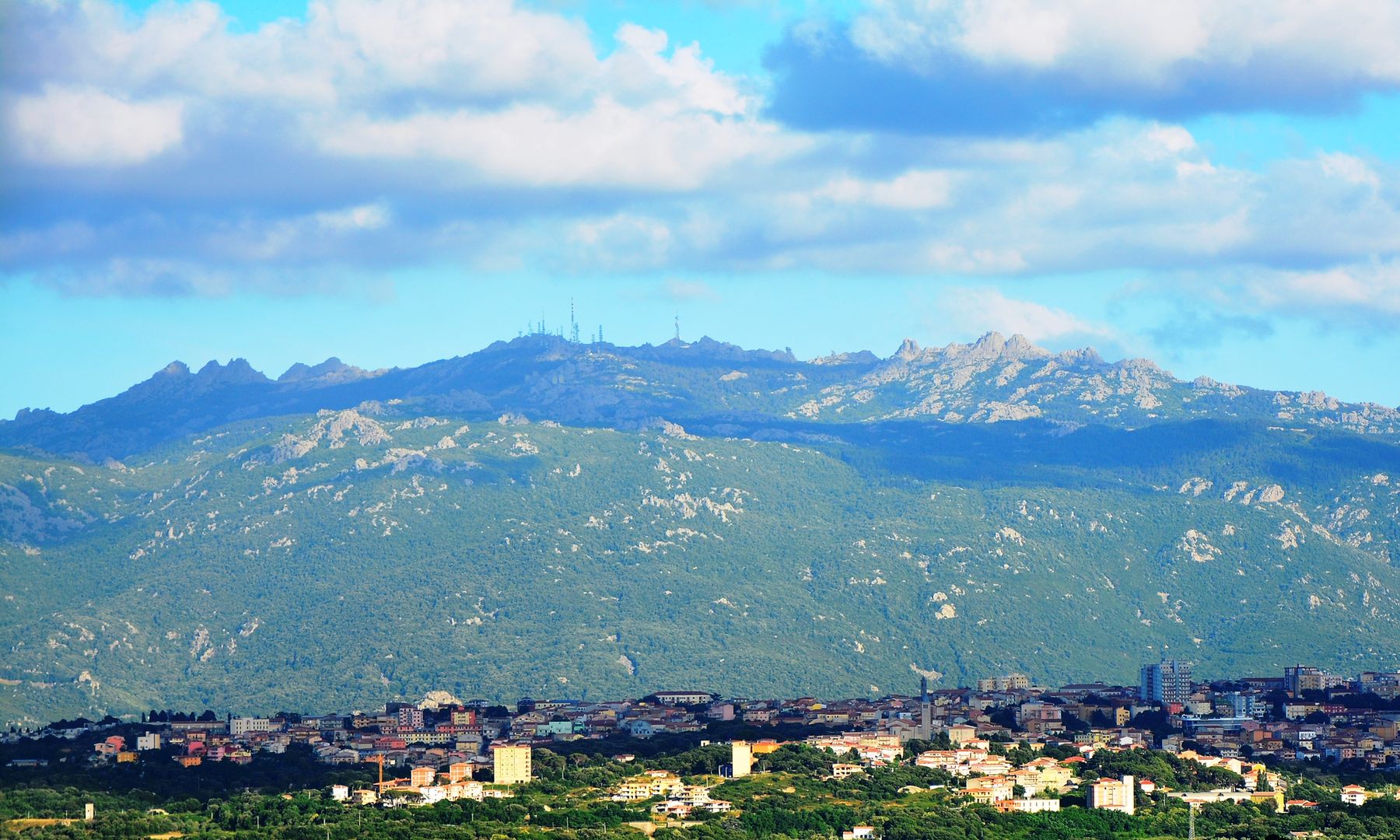TEMPIO
by Gaston Vuillier
The forgotten isles.
Impressions of travel in the Balearic Isles, Corsica and Sardinia ⇒
London 1896
with 167 illustrations by the Author. Rendered into English by Frederic Breton
Hutchinson & Co., Paternoster Row, 34
in italian: ![]()
Tempio is the most populous town in Gallura. Its lofty houses, built of regular blocks of granite, mortared with clay, would resemble fortresses, except for the immense wooden balconies projecting from each storey, and casting queerly foreshortened shadows on the pavement below. The women spend far more of the day working and gossiping on these balconies than they do in their rooms, so that the otherwise solemn street is kept perpetually merry with the chatter of female voices.
The roads are paved with large flagstones, on which the horses’ hoofs make a hollow clatter, as if there were dungeons beneath.
The side opposite Tempio faces northwards, and only gets the sun at its setting; hence the climate is comparatively cold.
Several hundred families dwell here, banded together in a sort of federation called cussorgie, living a primitive, pastoral life, varied only by occasional hunting expeditions.
SOURCES OF ILLUSTRATIONS
19th Century Paintings, Drawings and Lithographs (captions translated freely)
Gaston Vuillier, “View of the Limbara mountains from Tempio”, [lithography engraved by Charles Barbant], ca 1890-1893, figure IN this book.
Nicola Benedetto Tiole, “Man of Tempio”, ca 1819-1826, IN Nicola Tiole, Album di costumi sardi riprodotti dal vero (1819-1826), saggi di Salvatore Naitza, Enrica Delitala, Luigi Piloni, Nuoro, Isre 1990.
Nicola Benedetto Tiole, “Women of Tempio seen from behind”, ca 1819-1826, IN Album di costumi sardi riprodotti dal vero (1819-1826), saggi di Salvatore Naitza, Enrica Delitala, Luigi Piloni, Nuoro, Isre 1990.
Alessio Pittaluga, “Shepherd from Gallura”, ca 1826, IN Royaume de Sardaigne dessiné sur les lieux. Costumes, par A. Pittaluga, [lithography engraved by Philead Salvator Levilly], Paris, chez Marino; Firenze, Antonio Campani, 1826 (rist. Carlo Delfino 2012).
Postcards and Photos, Late 19th/Early 20th Century
Collection Erennio Pedroni, Gianfranco Serafino, Vittorio Ruggero – Tempio Pausania.
Contemporary Photos
Antonio Concas, Vittorio Ruggero, Alessandro Penduzzu, Giacomo Sanna

